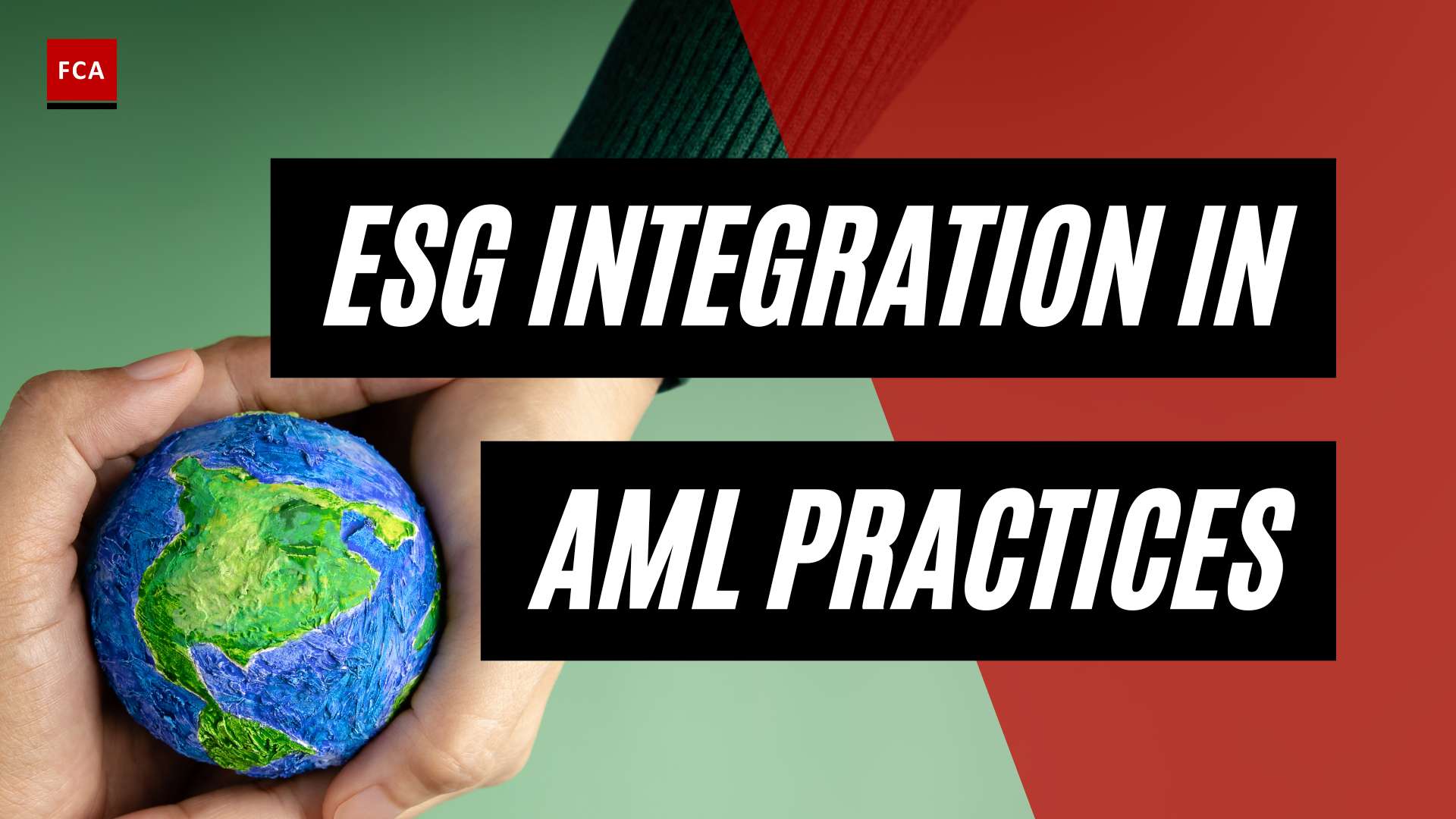Record keeping and documentation requirements refer to the policies, procedures, and practices that organizations use to create, organize, store, and manage information. These requirements may be set by regulatory bodies or industry standards, or they may be established internally by the organization itself.
Firms must keep records of customer identity and transactions as proof of work performed to comply with local regulatory and legal obligations. In suspicious cases, the records are forwarded to law enforcement, and law enforcement can investigate the records. Companies can use these records as evidence if law enforcement investigates suspicious activities.
Therefore, in the records kept, companies should keep adequate records appropriate to the business’s complexity, scale, and nature and make them accessible as required by local regulations. At the same time, companies should keep such records up-to-date, so they should also manage their communication with their customers well to update their information.

Record Keeping and Documentation Requirements
AML regulations require that transactions made throughout the life of the business relationship be kept as part of the firm’s records. Transaction records can be as follows; credit and debit notes, checks, and correspondence. Firms must ensure that a satisfactory audit trail is maintained in a form that can be compiled and a financial profile created for suspicious accounts or customers.
The organizations are required to prepare and maintain the AML and CTF-related records appropriately. Organizations usually maintain records for AML and CTF purposes, including the reports sent to regulatory authorities about suspicious transactions, terrorist property, large cash transaction reports, large virtual currency transaction reports, and electronic funds transfer reports.
In addition, the organizations may be required to maintain large cash transaction records, large virtual currency transaction records, records of transactions above specified amounts, records of electronic fund transfers of specified amounts, records of virtual currency transfers, foreign currency exchange transaction tickets, virtual currency exchange transaction tickets, etc.
The account records are also maintained, including records for account holders, their signature cards, the intended use of an account, applications, account operating agreements, deposit slips, account statements, cleared cheque records, etc.

The records of clients are required to be maintained as descriptively as possible. Being descriptive when recording the nature of a client’s principal business or occupation will help determine whether a transaction or activity is consistent with what would be expected of that client. For example, when the client’s occupation is “manager,” the record should reflect the area of management, such as “hotel reservations manager” or “retail clothing store manager.” When an entity’s principal business area is “sales,” the record should specify the type of sales, such as “pharmaceutical sales” or “retail sales.
Final Thoughts
Effective record keeping and documentation requirements are essential for many reasons, including legal compliance, financial management, quality assurance, risk management, and knowledge retention. Overall, effective record keeping and documentation requirements are essential for organizations to operate efficiently, minimize risk, and ensure compliance with regulatory requirements.









